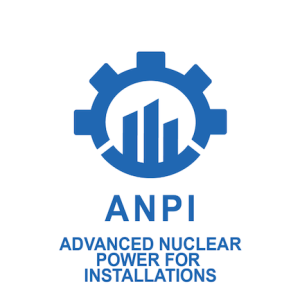 Industrial services provider Bilfinger announced it is expanding its activities regarding the retrieval of radioactive waste from the Asse II mine in Germany.
Industrial services provider Bilfinger announced it is expanding its activities regarding the retrieval of radioactive waste from the Asse II mine in Germany.
On behalf of Bundesgesellschaft für Endlagerung (BGE), a team of experts is developing, building and testing special machines that will later be used to safely retrieve thousands of casks of radioactive waste from the 750-metre level of the mine.
Bilfinger is thus intensifying its cooperation with BGE with what is now the second order awarded to Bilfinger within just a few months. Bilfinger had already been commissioned by BGE in October 2021. The runtime for both projects is four years each.
Bilfinger CEO Thomas Schulz noted: "We cover the entire life cycle of nuclear facilities: From new new-build and modernization to decommissioning and waste treatment. This makes Bilfinger a reliable partner for the nuclear industry.”
As part of the second order, a team from the Würzburg-based subsidiary will work with other industry partners to develop special prototype machines that can later be used to recover the low-level radioactive waste remotely and prepare it for removal. The machines will initially undergo extensive aboveground test before being put into operation safely in the mine. Recovery work at the 750-metre level, where most of the radioactive material is stored in 11 chambers, is particularly challenging from a mining and radiological point of view.
The deposit is difficult to access and the storage chambers have been partially filled in and sealed with salt grit. Special mining industry regulations apply in addition to the strict conditions of the nuclear sector. This results in particularly stringent requirements for the safety of the machines as well as for fire protection, contamination prevention and documentation of the work steps.
“We are pleased to expand our cooperation with Bilfinger. We expect that the company's solutions will contribute to the realisation of a reliable process for the safe retrieval of radioactive waste in the Asse mine in this technologically demanding project,” said Dr Thomas Lautsch, Managing Director of BGE.
The Asse II mine is a former salt mine near Braunschweig, Germany, which was tested as a final repository for radioactive waste in the 1960s. Radioactive waste is stored there in 13 chambers on three levels in approximately 126,000 metal casks. In the coming decades, these will be recovered using special machines in order to treat the stored radioactive waste and properly dispose of it in accordance with the current state of the art and legal situation.
Photo: Radioactive waste was stored in the former salt mine in 1967-1978 (Source: © Bundesgesellschaft für Endlagerung mbH)






